WACHAPREAGUE
IN BRIEF: A salty “seaside” town with a fine restaurant, ideal for a short stop to scan marshes at any time of year, or as base for boating or kayaking explorations into the seaside marshes and lagoons.
ACCESS: Public settlement. Restrooms are located at the Wachapreague Town Marina.
Additional Info: Virginia DGIF Birding Trail Site
EVERYTHING YOU NEED TO KNOW ABOUT BIRDING WACHAPREAGUE
Semi-palmated Sandpipers
Wachapreague has character, and its residents take great pride in their small town. As one of few communities on the “seaside” (what Eastern Shore residents call the eastern side of the peninsula), it is worth a visit just to take in the measure of a small working fishing village. It can also be a pleasant place to see a few birds. The interpreted marsh overlook was once a dredge-spoil site but was fixed up by The Nature Conservancy to its present, more pleasant condition. Bald Eagles hunt the bays and marshes year-round, joined by Ospreys during the warmer months. Shorebirds can sometimes be seen at falling tide or wheeling in flocks in the distance; American Oystercatchers, en route between foraging and roosting sites, transit the area as tides fall and rise, as do Black Skimmers. Eastern Willets, Clapper Rails, and American Black Ducks nest in the marshes in summer, and watch for Forster’s and Gull-billed Terns during the warmer months. At highest tides, watch for the marsh sparrows (Nelson’s, Saltmarsh, Seaside) to pop up near the tops of small bushes or grasses, from late autumn through early spring. From late autumn through early spring, Bradford Bay holds many waterfowl species, typically Canada and Snow Geese, Brant, Red-breasted and Hooded Mergansers, Buffleheads, and during rough weather, a Common Goldeneye or Long-tailed Duck might turn up. The nearby town marina has supplies and a well-maintained boat ramp that can also be used by kayakers headed out toward the intertidal lagoons and barrier islands.
Least Terns, Photo: Robert W. Schamerhorn
Black-bellied Plover, Photo: Robert W. Schamerhorn
The full measure of Wachapreague’s offerings can only be experienced by boat. With at least two full time Ecotour Guides running boat trips out of Wachapreague, birders can be taken out to the marshes and islands for up close encounters with birds virtually any time of the year. During Spring migration, the marshes are thick with Whimbrel, Willets, Plovers, and Dunlin, while the barrier islands are most exciting in post-nesting periods when young skimmers, oystercatchers, terns and gulls are stretching their wings. More information is found in our section on Boat tours.
Although Wachapreague has its charms, a drive north (to Locustville) or south (to Quinby) can add quite a few species. Historically, Ruff and Black Rail have been recorded at Locustville, and just to the east, a Long-billed Curlew roost (up to three birds) has been found for the past few decades, though normally a boat is required to see these birds, which roost with oystercatchers at high tide. While birding along the Seaside Road, be sure to pull off the road completely and safely, and don’t park on lawns. Watch for the wonderful Seaside Dragonlet, the only saltwater dragonfly in North America, along the route.



